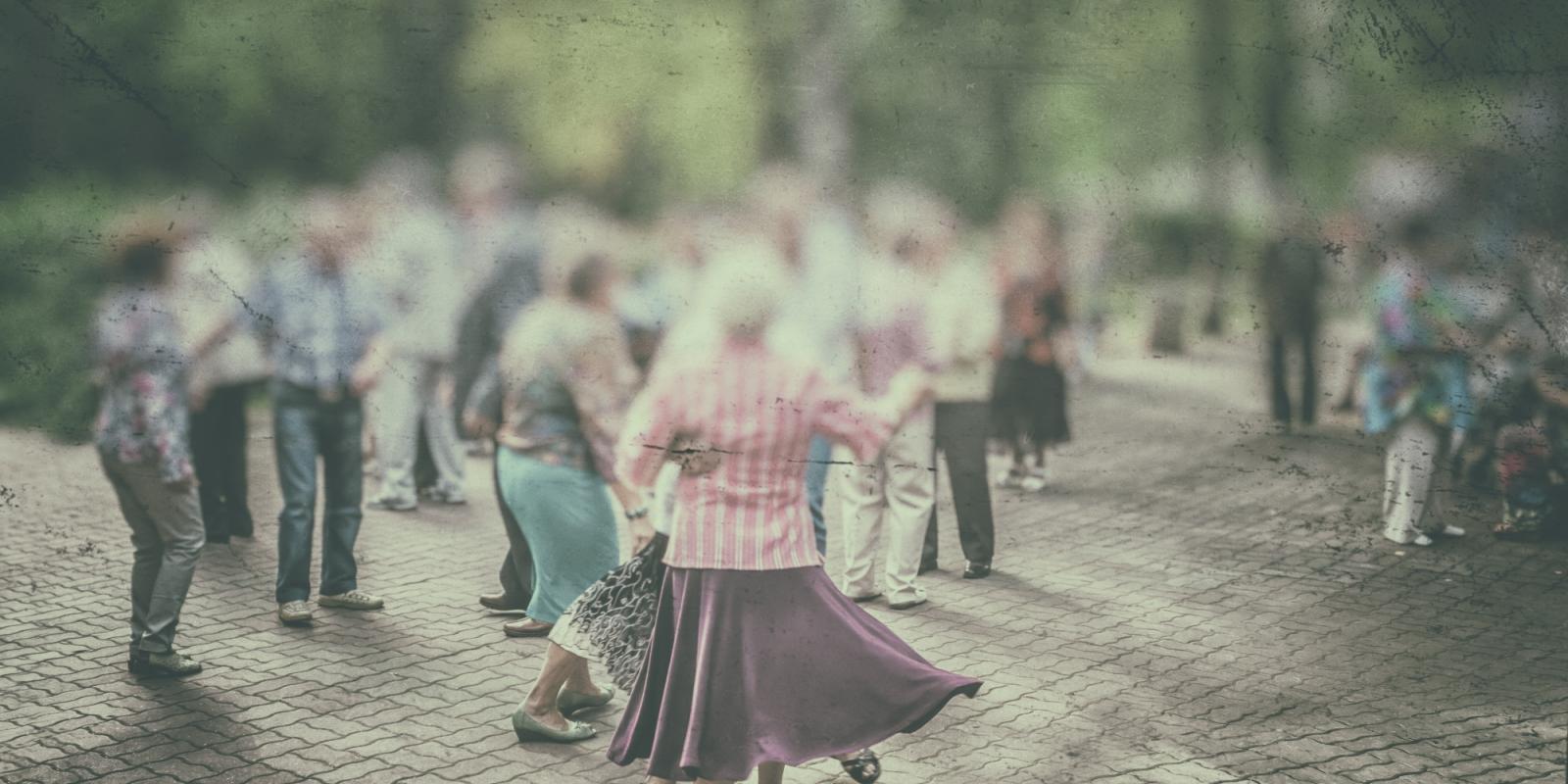Sponsored by ASA’s Legacy Corps, we are running a series of stories from the ASA Storytelling Project, which invites you to reflect on your personal and professional lives, especially as they intersected with aging and ASA, by writing stories. We encourage all ASA members to submit their stories of 250-1,000 words, with a 25-50 word bio, to ASAstorytellingproject@gmail.com.
“Mom, it’s Saturday, why are you all dressed up”?
“I’m going to the Senior Center’s Mardi Gras dance.”
As I approached Mrs. McClain to compliment her attire, she told me her son had questioned her as she left the house. “Maybe he thought I forgot that it was Saturday, as I was dolled up and heading out.”
My heart warmed as we continued to chat about what it meant to her and others to have events and trips in the evening and/or on weekends.
I feel strongly that when older adults don’t frequent senior centers, it’s not because they feel old, it’s because we make them feel old. We assume we know what they need or want, when we should be asking them.
I have always relished serving the public, whether it be families, youth, adults or older adults. But it wasn’t until I became the director of a senior center that I felt a true connection to and love for my job.
When I was younger and a bit impatient or had criticized my parents, my mom would say, “Como tu me ves, tu te veras.” Roughly translated, that means, “the way you see me, you will see yourself.”
This is my “why.” I see myself in the older adults I serve.
I was asked several times why I conduct special events and trips in the evening and on weekends, as normal business hours are Monday-Friday, 8 a.m.-5 p.m.
Always I reply, “Why not”? Why do we restrict events for older adults to normal business hours or during lunch time? I’ve always wanted to shatter the negative stigmas placed on older adults. Sure, some older adults go to bed early or don’t go out at night, but not all do that.
‘This is my “why.” I see myself in the older adults I serve.’
I plan activities and events outside normal business hours because I’ve been told many times by elders at the senior center that their children are too busy to spend time with them on weekends or they didn’t want to ask to be taken places, and don’t want to be a burden.
I remember the first time I planned a dance in the evening. One of my volunteers said, “You know, they are not going to come to the dance.”
“Why not?” I asked.
“Because it’s at night,” she said. “We don’t go out at night.”
“Let’s give it a try,” I shot back. “If it doesn’t work, we’ll go back to dances during lunch.”
And guess what? More than 85 people showed up at the Valentine’s dance, making it a huge success. When the DJ announced last dance, you could hear groans.
Monday morning, the volunteer said, “Full house, huh?” “Yeah, it was a nice turnout,” I replied.
She had been fielding calls over the weekend telling her how much fun the dance was. I didn’t want to prove the volunteer wrong, but what a great validation that I could plan evening and weekend events, and older adults would participate.
Our dances are now held in the early evenings, and special events, such as the Mother’s and Father’s Day Luau, Spring Festival and Mardi Gras, have all been moved to Saturday. We began taking trips to concerts (besides the philharmonic). Not that there’s anything wrong with classical music, but Gladys Knight makes you dance! The trips include plays, weekend festivals and even jaunts to Catalina Island.
The gratitude they express when we return from trips or when we dance the night away was my reason for pushing the schedule beyond 8 a.m.-5 p.m.
I never wanted the older adults I serve to feel forgotten or be treated as frail. My work is about their needs, not mine.
Liliana Garcia is a community center Director II with the County of Los Angeles Department of Aging and Disabilities, and an alum of the ASA RISE Fellowship.
Photo credit: Digital Photo













